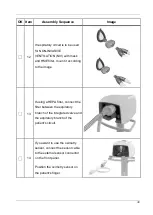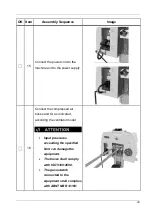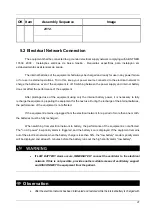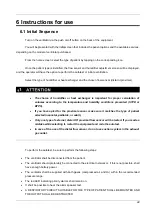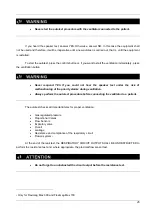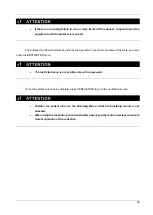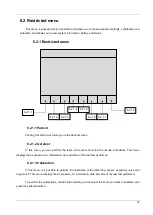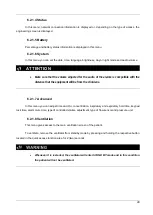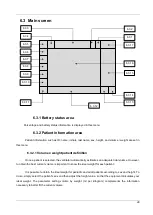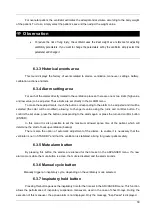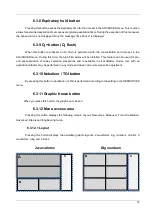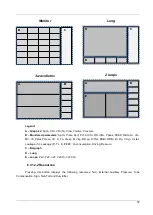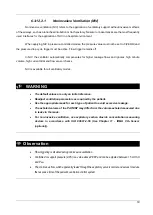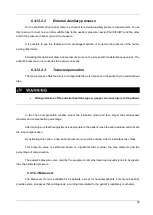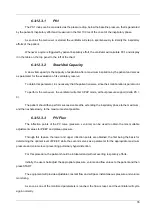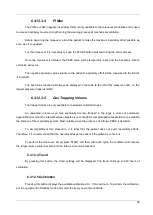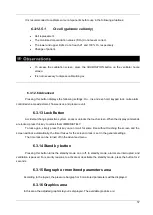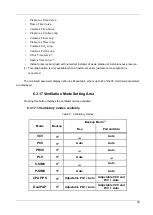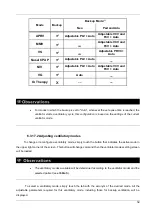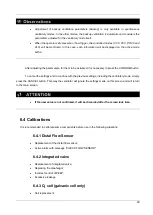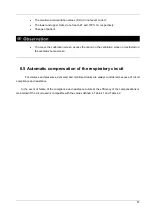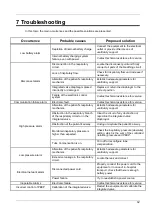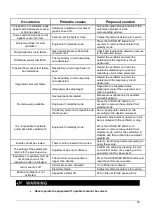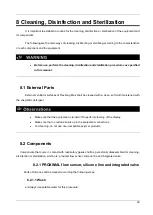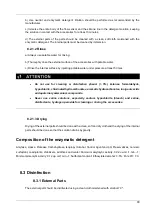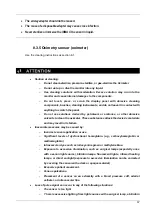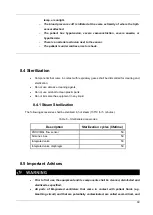
53
6.3.12.2.1
Noninvasive Ventilation (NIV)
Noninvasive ventilation (NIV) refers to the application of ventilatory support without invasive methods
of the airways, such as orotracheal intubation or tracheostomy. Nasal or orinasal masks are the most frequently
used interfaces for the application of NIV in a hospital environment.
When applying NIV in pressure-controlled modes, the pressure value must not be set to 0 (ZERO) and
the pressure drop cycle trigger must be active. Flow trigger remains off.
In NIV the ventilator automatically compensates for higher leakage flows and ignores high minute
volume, high current tidal and flow sensor checks.
NIV is available for all ventilatory modes.
WARNING
•
The default values are only an initial reference.
•
Readjust ventilation parameters as required by the patient.
•
Use the appropriate mask for each type of patient to avoid excessive leakage.
•
The exhaled volume of the PATIENT may differ from the volume exhaled measured due
to leaks in the mask.
•
For non-invasive ventilation, use expiratory carbon dioxide concentration measuring
devices in accordance with ISO 80601-2-55 (See Chapter 11 - IRMA CO
Observation
•
Flow triggering is disabled during noninvasive ventilation.
•
Controlled or support pressure (ΔPS) is a value above PEEP and can be adjusted b 5 cmH
2
O
and P
MAX
.
•
The continuous flow, which apparently 'leaks' through the expiratory valve is normal and serves to reduce
the response time of the patient's ventilation control system.

